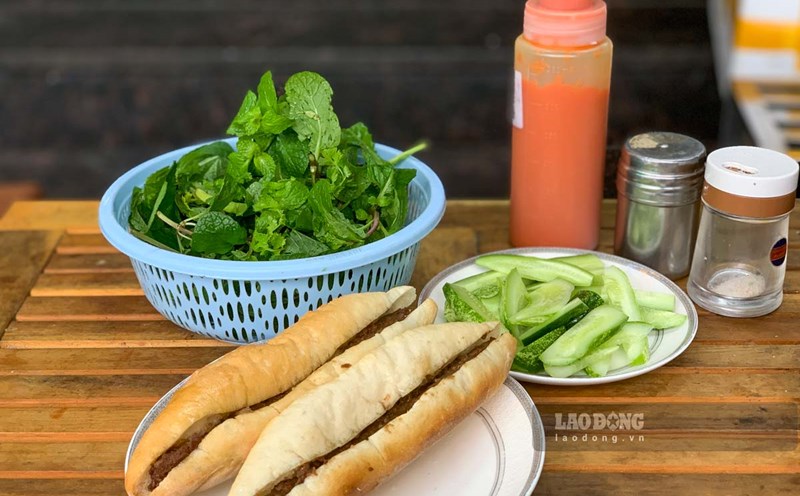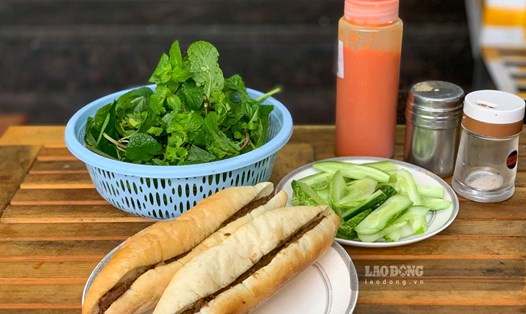Trieu Chau Temple (Phuc Trieu Hue Hoi Quan), also known as Sinh Chau temple in Hang Iron Street, Nguyen Du Ward, Nam Dinh City, was built in the seventeenth century. The temple of Mrs. Lam Mac, known as a sea god.
Today, Trieu Chau temple is a building with a bold Chinese architectural color including items such as the premature court and the main court, following the second -hand style, the middle has a separate yard system.
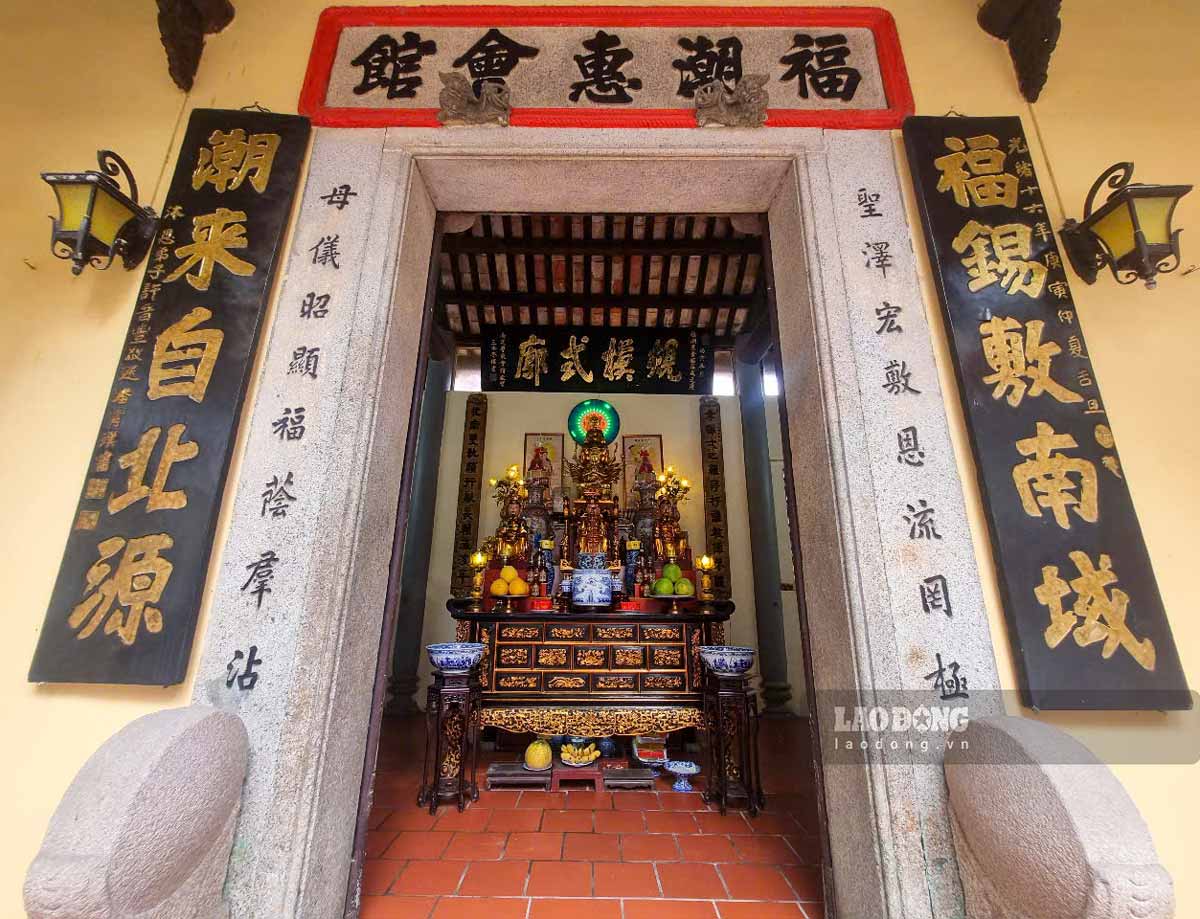
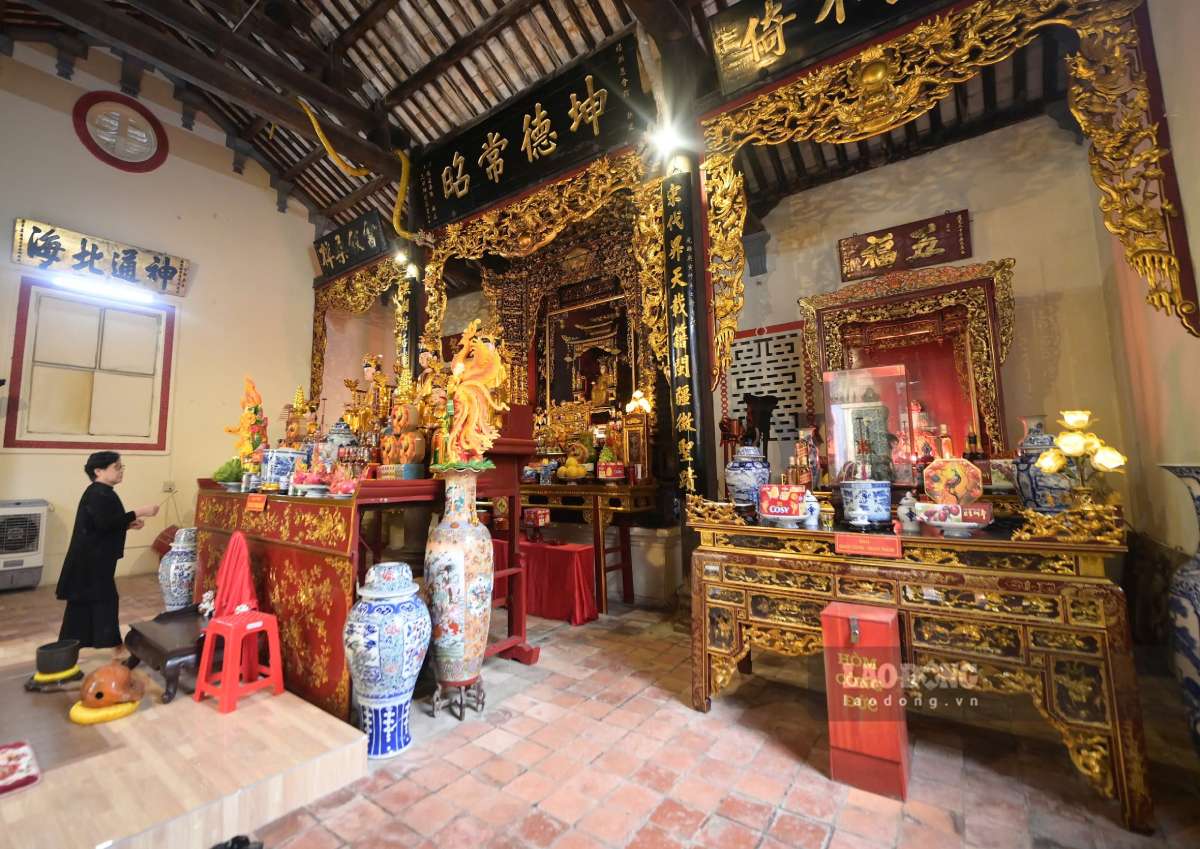
The items of the temple are all built of Bat Trang bricks, the roof of the roof embossed with a dragon shaped in the face of the moon, the roof of the temple, the roof of the tile, on the trusses in the money, the flowers also carved the flowers and the stylized mascots. Legend has it that the architectural components of the temple were processed in China and brought to the talented workers of Nam Phong - Nam Dinh land.
Mrs. Tieu Dung was soaked, the incense stick to Trieu Chau, said: "According to the circulation, in previous years, this temple was the living place of Trieu Chau and Fujian people. Lau Lau, the project was degraded, my family has upgraded and repaired for many years to save the ancient temple until now. In recent years, the temple is the place where people around the area come to burn incense on the 1st and full moon for the year of the Schedule. The main day of the festival.
In addition to the ancient architecture, Trieu Chau temple also retains many valuable artifacts and antiques such as examination and statue of the Holy Mother of Thien Hau, including many of the great self and sentences related to the river and praising the talent of the goddess.
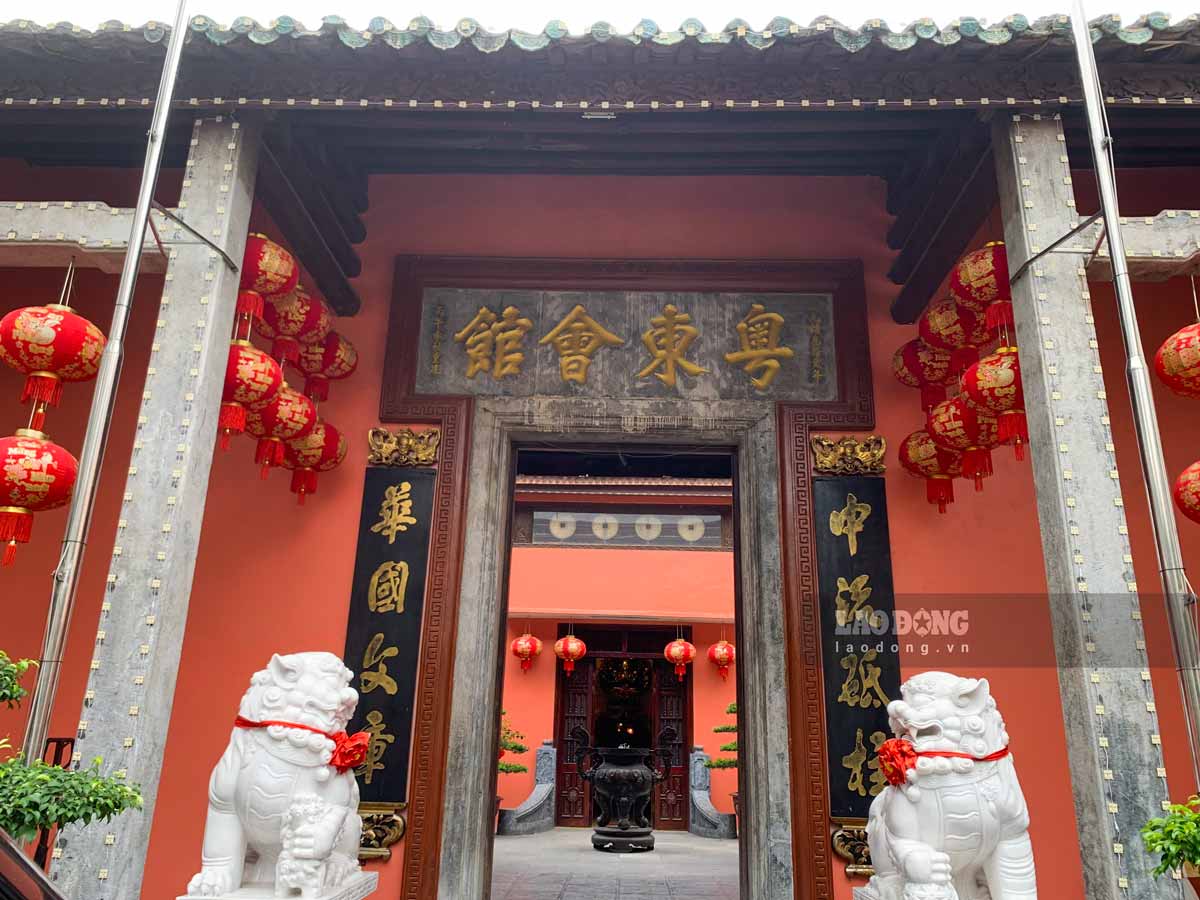
In Nam Dinh City, Guangdong Association (also known as Hoi Quang Temple) in Hoang Van Thu Street is also a project bearing the imprint of the Chinese.
Mr. Hua Van Dai, the incense stick of Hoi Quang temple, said: "The temple was built about 200 years ago. After that, due to the degradation, the inner work was collapsed, Mr. Dai's family stood out to mobilize the local community to restore the Quang temple. So far, Quang Temple has a spacious appearance and a place to store culture and tradition of trade in Nam Dinh land."



